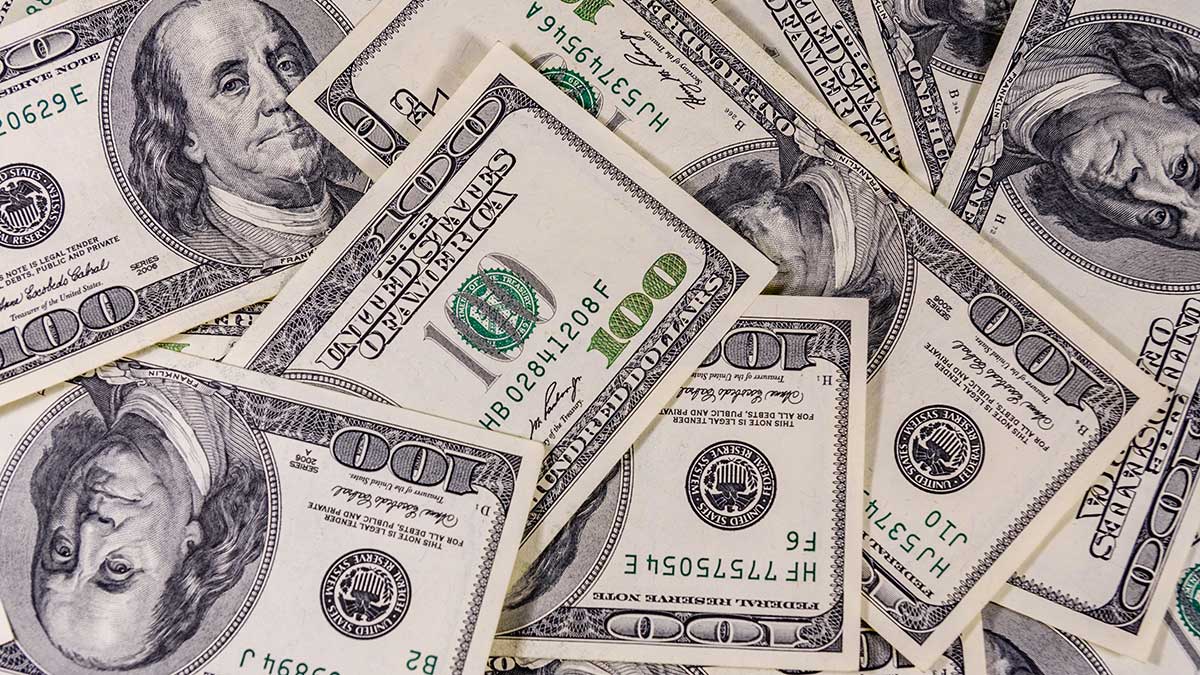The average pay package for CEOs at top U.S. companies surpassed $12 million last year, according to the latest Associated Press survey, as boards attempted to keep pace in the labor market for CEO talent.
Many previous studies focused on how CEO pay relates to past performance. But new research from the University of Notre Dame takes a different approach: The paper examines how compensation for incoming chief executives — which serves as a sign of the board’s upfront confidence in the CEO’s ability — is related to subsequent performance in the years that follow.
CEOs who are paid more than the going rate during their first two years on the job tend to perform more effectively over the rest of their tenure, according to “Board predictive accuracy in executive selection decisions: How do initial board perceptions of CEO quality correspond with subsequent CEO career performance?” forthcoming in Organization Science from Adam Wowak and Craig Crossland, management professors at Notre Dame’s Mendoza College of Business and Timothy Quigley from the University of Georgia.
“Newly hired CEOs who are deemed by their boards to warrant above-average pay tend to deliver above-average performance in subsequent years,” Wowak said. “This is another way of saying that boards are, in general, reasonably accurate in their initial assessments of CEO quality, as their decision about how much to pay the newly minted CEO is predictive of how the CEO performs in the future. Conversely, incoming CEOs who receive below-market pay perform less effectively, on average.”
“The relationship is far from complete, however,” he continued, “Although there is a statistically significant positive effect, there is still a lot of unexplained variance. Boards are getting it right more than they are getting it wrong, but not by a large margin.”
The study examined CEOs who began their tenures between 2004 and 2012 at S&P 1500 firms. The team measured the extent to which they were “overpaid” versus “underpaid” when they were hired. They calculated the degree to which pay exceeded or fell short of suggested market norms based on, among other things, the size of the company and its industry. They looked at how these CEOs performed through the end of their tenures or the end of 2017, whichever came first. To measure performance, they used a new technique that isolated the CEO’s individual effect on firm performance after accounting for contextual factors, including conditions inherited by the CEO upon joining, performance of the rest of the industry and macro-level effects.
“When looking at CEO pay — or anyone’s pay, really — it’s important to remember that it reflects both backward and forward-aiming rationales,” Wowak said. “Most people tend to look to the past. Our study serves as a reminder that practitioners, journalists and others should consider both aspects when forming assessments or critiques of CEO pay. Only looking backward ignores an important part of the story.”
Original post https://alertarticles.info
